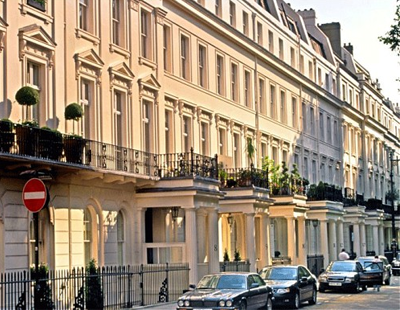
Prices in prime central London have risen for the past two quarters, prompting a tentative claim that the market may be recovering.
Savills says the easing of lockdown restrictions and the subsequent return to the capital for some workers have resulted in prices in prime central London growing some 1.4 per cent over the past year.
“The research is the latest evidence that the prime central London market has bottomed out and is growing for the first time since September 2014, despite the absence of international buyers” claims the agency.
This uptick has been led by growth in the three neighbouring areas of Notting Hill (up 4.6 per cent), Bayswater (3.3 per cent) and Holland Park (2.6 per cent) and has been particularly driven by larger homes with gardens.
Prices outside of central London are up an average 2.7 per cent on an annual basis, again underpinned by demand for large family homes, although growth across a wider range of properties is starting to return.
Most strikingly, says Savills, the value of prime London houses with six or more bedrooms has risen by an average of 6.2 per cent in the past year, while values of five-bedroom properties have grown by 5.0 per cent.
“Families searching for space has been the driving force within the prime London market throughout the pandemic. These buyers have been spurred on by the low-interest-rate environment which has cushioned any impact of the tapered withdrawal of the stamp duty holiday” comments Lucian Cook, head of residential research at Savills.
“However, as we edge back towards normality, we are seeing prices rise across a wider range of properties.
“Year-on-year movements in the capital value of two and three-bedroom homes in London’s most desirable locations have now moved into positive territory. We are beginning to see the return of demand for the pied-a-terre in London, particularly from those who bought in the country.
“Consequently, prices for prime central London flats have grown on the year (up 0.6 per cent) for the first time since the 2014 market peak.”
Cook continues: “A lot of these changes have been driven by the changing priorities of those who have either started to return to the office or who are contemplating it. In our September buyer survey proximity to the tube or train station took over from proximity to a park or green space at the top of buyers’ wish lists.”
“Meanwhile we are yet to see the full force of international demand return to a prime central London market that continues to look like good value in a historical context. As international travel is progressively reinstated, we expect to see more pronounced price growth in this market, which has been a long time coming. While we expect prices to end the year around 2.0 per cent higher in 2021, we expect annual price growth to rise to 8.0 per cent next year.”






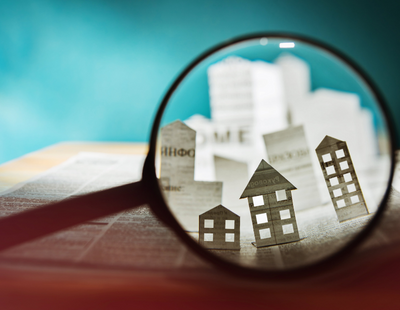
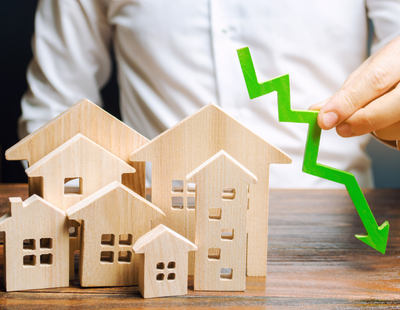
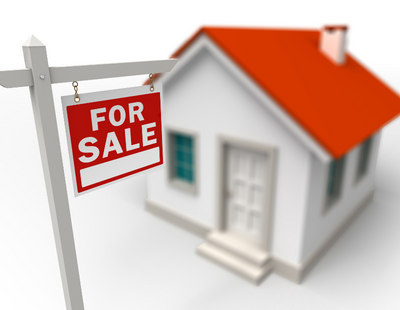
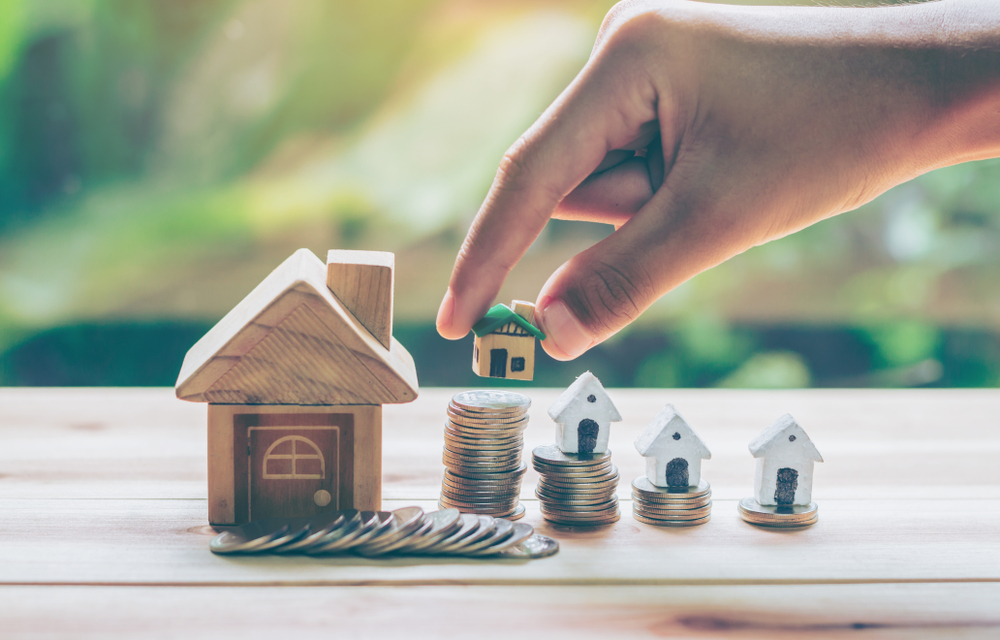




.png)


.png)




Join the conversation
Be the first to comment (please use the comment box below)
Please login to comment